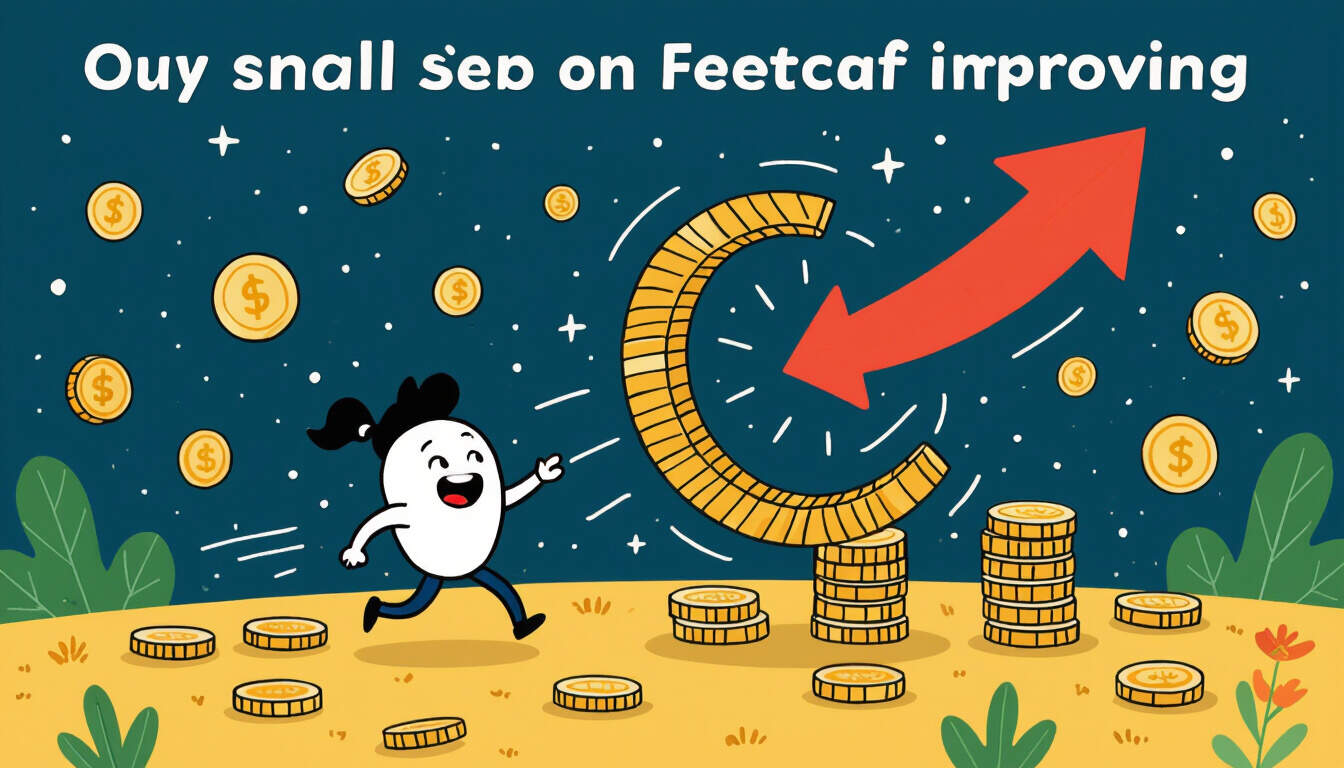Micro-Subscription Feedback Loops: A Guide for E-Commerce Growth
 by Thaddeus Blanda
by Thaddeus Blanda
Micro-subscriptions offer a way for businesses to build recurring revenue through small, frequent payments. By integrating feedback loops, entrepreneurs can refine offerings based on customer input, fostering loyalty and sustainable growth in e-commerce models.

Micro-subscriptions have emerged as a key approach for businesses seeking steady income streams. These models involve small, recurring payments for products or services, allowing companies to maintain ongoing customer relationships. In one example, feedback loops play a vital role by collecting customer data and using it to improve offerings.
The Basics of Micro-Subscriptions
Micro-subscriptions break down larger purchases into manageable, low-cost options. This method appeals to consumers who prefer affordability and flexibility. For instance, a coffee shop might offer weekly deliveries of single-serve pods, creating a reliable revenue source. By focusing on customer needs, businesses can ensure these subscriptions remain relevant.
Feedback loops enhance this process by enabling continuous improvement. They involve gathering input from subscribers and applying it to future iterations. A simple survey after each delivery can provide insights that refine product quality or delivery times.
Building Effective Feedback Loops
To implement feedback loops successfully, businesses must start with clear data collection methods. Tools like automated emails or in-app surveys can gather responses without overwhelming users. Once data is collected, analysis helps identify patterns and preferences.
For example, if subscribers frequently request variations in product size, companies can adjust their inventory. Micro-subscriptions thrive when these loops are active, turning one-time buyers into loyal patrons. This strategy not only boosts retention but also reduces churn rates over time.
Entrepreneurs often use segmented feedback to target specific groups. By dividing subscribers based on behavior, businesses can tailor responses more effectively. A fitness app, for instance, might ask users about workout preferences and then update content accordingly.
Strategies for Integration
Integrating feedback loops requires a structured plan. First, set up regular touchpoints with subscribers, such as monthly check-ins. These interactions should be straightforward and value-driven, encouraging honest feedback.
Next, prioritize actionable insights. Not all feedback will be useful, so focus on trends that align with business goals. For small business owners, this might mean using free analytics tools to track subscription metrics and feedback loops.
In practice, e-commerce platforms can automate parts of this process. An online store selling personalized items could use customer ratings to guide inventory decisions. This approach ensures that micro-subscriptions evolve with market demands, maintaining competitiveness.
Challenges and Solutions
While beneficial, feedback loops can face obstacles like low response rates. To address this, businesses should incentivize participation, such as offering discounts for completed surveys. Another challenge is data overload, where too much information complicates decision-making.
Solutions involve streamlining processes. For example, limit surveys to a few key questions and use software to summarize responses. By doing so, entrepreneurs can keep micro-subscriptions efficient and responsive.
Real-world applications show success in various sectors. A beauty brand using micro-subscriptions for monthly samples has improved retention by 20% through targeted feedback. This demonstrates how well-designed loops can lead to measurable outcomes.
Measuring Success
To gauge the effectiveness of feedback loops, track key performance indicators like renewal rates and customer satisfaction scores. These metrics provide a clear picture of how well subscriptions are performing.
For e-commerce enthusiasts, combining data from feedback with sales figures offers deeper insights. If renewal rates increase after implementing changes based on input, it signals a positive impact. Over time, this data-driven method helps sustain growth in subscription models.
Future Opportunities
As digital commerce grows, micro-subscriptions will likely expand into new areas like digital content or services. Feedback loops will remain essential, allowing businesses to adapt quickly to changing preferences.
In conclusion, embracing feedback loops within micro-subscriptions offers a pathway to long-term success. By focusing on customer input and strategic adjustments, entrepreneurs and small business owners can build stronger e-commerce foundations.
